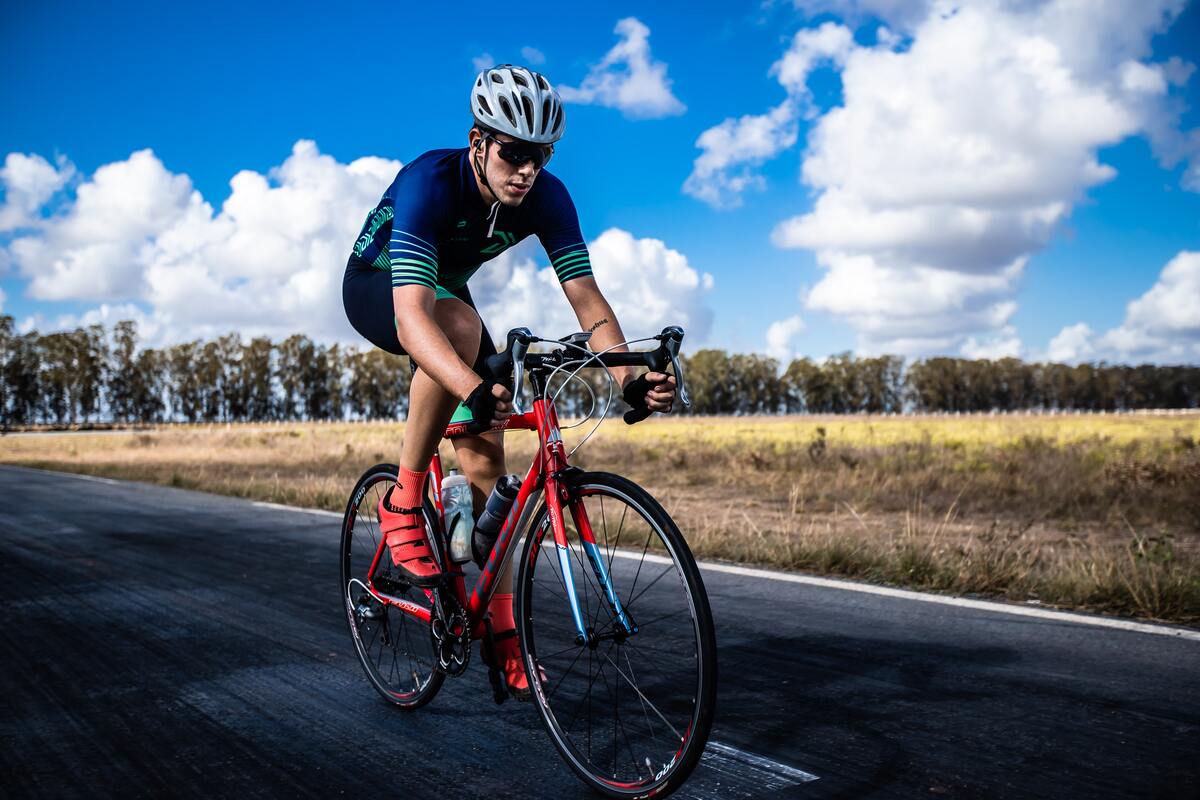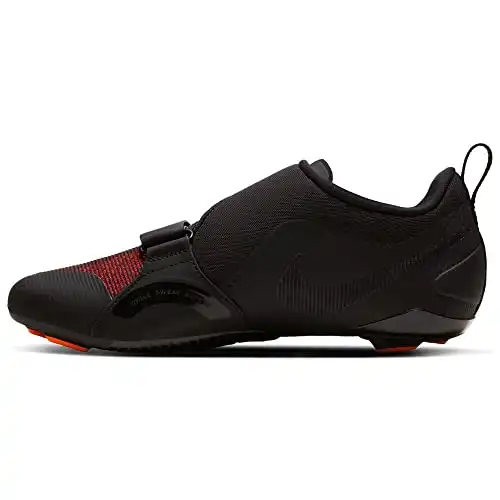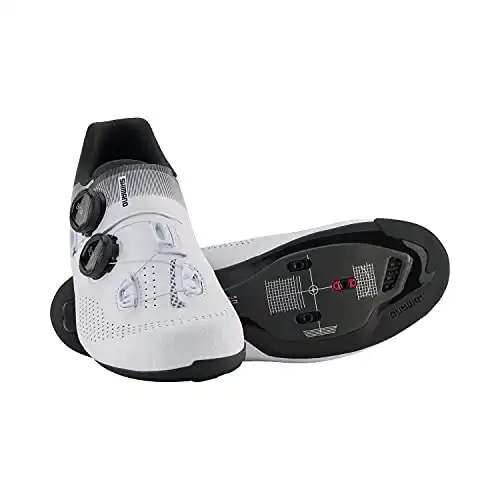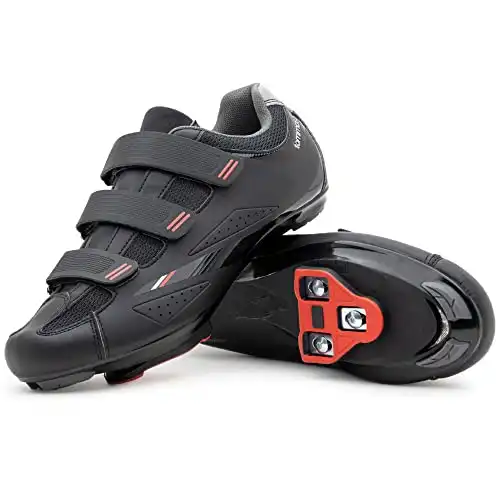Plantar fasciitis and cycling don’t go together, right? Nothing can dampen your day of stretching, working out, cycling, and taking care of your health like lying to yourself that you’re not dying of pain. No matter how hard it might be, you need to rest, contact your doctor, and figure out a treatment plan.
Playing the preventive game can do wonders, too. On the chance that your doctor doesn’t diagnose you with plantar fasciitis but warns you that you’re on the path to damaging and aggravating your plantar fascia, you might need to rethink your lifestyle – or get a different hobby.
Can cycling cause plantar fasciitis? Can you continue cycling with plantar fasciitis? What are the best plantar fasciitis cycling shoes? Worry not, we’re bringing you everything you need to know about the pressure, pain, and stiffness you’ve been dealing with. Read more down below!
What is plantar fasciitis?
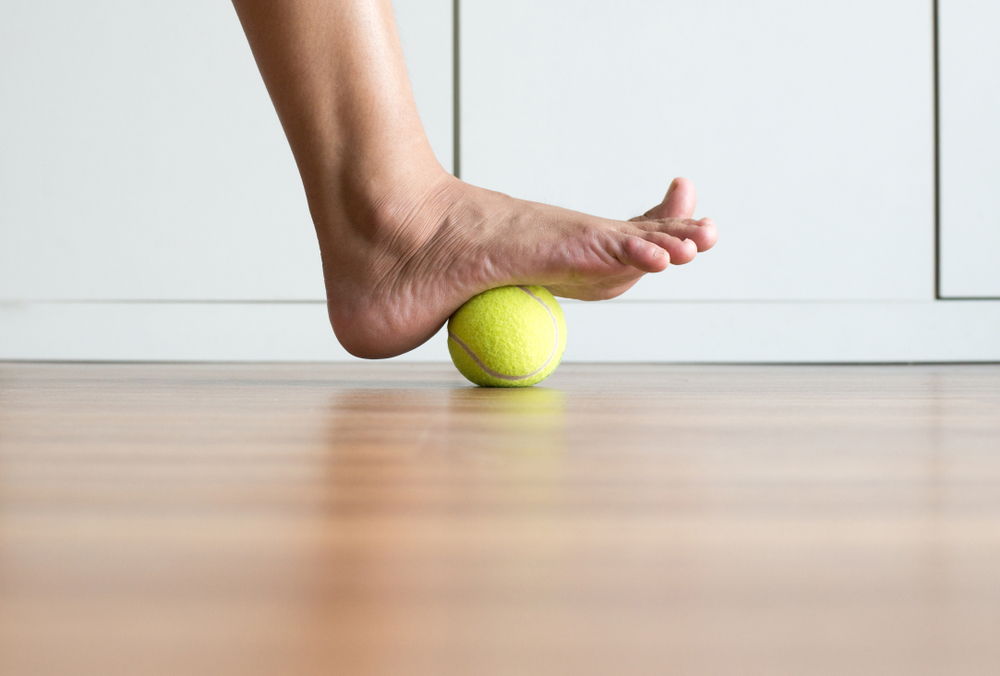
You might be wondering “What is plantar fasciitis exactly anyway?” Considering the fact you’ve been spending most of your days walking, running, and cycling on your feet, you’ve probably heard of the plantar fascia – the ligament that connects your heel to the rest of your foot.
Now, the plantar fascia takes on the responsibility of protecting the foot, absorbing shock, and providing arch and ankle support. When your plantar fascia gets damaged or torn, you might experience pressure, pain, and stiffness on the bottom of the foot.
Plantar fasciitis refers to the irritation and inflammation of plantar fascia, of course. Putting too much pressure on your feet, wearing uncomfortable footwear, and suffering from other foot problems can cause your ligaments to wear out and lead to this condition.
Can cycling cause or aggravate plantar fasciitis?
Cycling can cause plantar fasciitis – but not when you know what you’re doing. Cycling is considered a low-impact exercise, which means you don’t put too much pressure on your feet or the rest of your body when you’re out and about on your bike.
Whether you’re road cycling, mounting biking, or cycling around the neighborhood, your feet don’t carry the weight of your body. With that out of the way, however, we do need to mention that uncomfortable footwear, bad biking technique, and a bad bike fit can contribute to plantar fasciitis – or aggravate the existing condition.
When you consult with your doctor, he or she might recommend resting and keeping away from cycling for the time being. But when your feet start feeling better, cycling can be a great way to keep up with your fitness routine.
Can you cycle with plantar fasciitis?
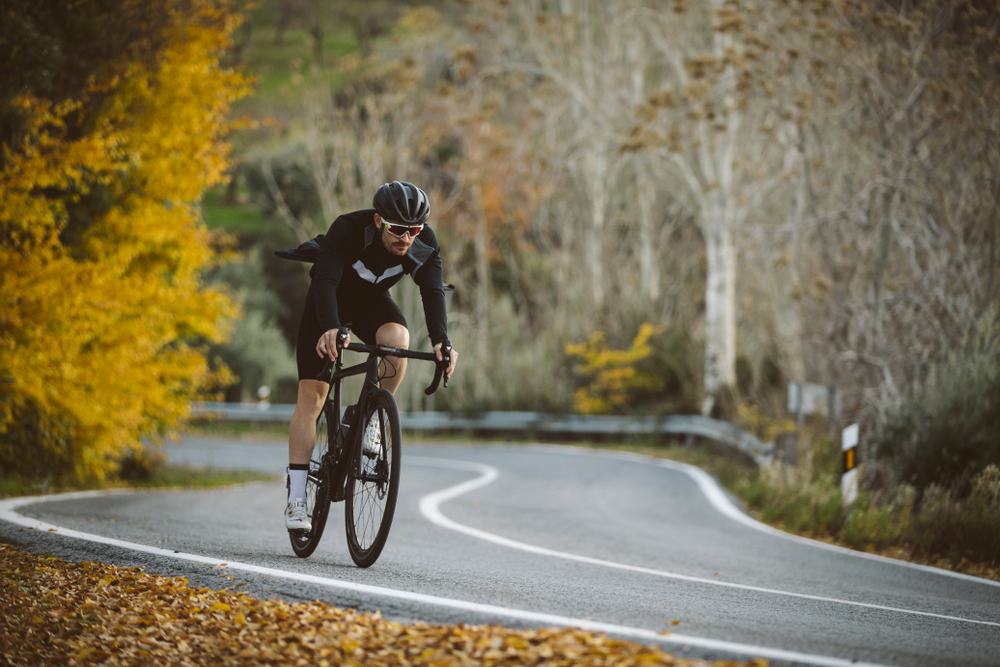
In short, yes, you can cycle with plantar fasciitis.
But there’s always a but when we’re talking about undergoing physical activity when you’re recovering from a health niggle.
Plantar fasciitis can be treated with rest, stretching, wearing comfortable footwear, and medication – with an emphasis on rest. Cycling can worsen the condition without proper precaution.
Cycling can also cause secondary complications without you even knowing what’s going on. Needless to say, you have to be extremely cautious with your feet when you’re recovering from plantar fasciitis.
When you get the green light from your doctor, though, you can return to cycling. We suggest getting custom orthotics and wearing comfortable, supportive cycling footwear to prevent further damage to your feet. Cycling can help you stay healthy and fit, too, which can make your plantar pain go away.
How can you cycle with plantar fasciitis?
Plantar fasciitis and cycling might not be arch enemies after all. Cycling through the pressure and pain can ensure you stay on top of your physical activity levels, strengthen your muscles, and speed up the recovery process.
But that doesn’t mean that you can cycle whichever way you want. When you’re suffering from foot problems, you need to take proper precautions to ensure you don’t cause greater damage to your feet.
Before you do anything, adjust your saddle height. Cycling can put too much pressure on your feet when your saddle height is too low. Contrary to what you have been taught, you need to be able to fully extend your legs during the downswing.
Moreover, get your hands on custom orthotics – that’s what they’re made for. Consult with your doctor and check whether you can get more arch support, heel support, and stability with orthotics. Consider the severity of your condition and check whether you can get a bike pedal with heel support, too.
On top of that, proper cycling footwear can make a world of difference.
When you’re suffering from plantar fasciitis, you need arch, ankle, and heel support, plenty of padding, and breathable fabrics.
We recommend stretching your feet and focusing on proper technique to warm up your muscles, alleviate pressure, and prevent further damage. Consider getting cleats, too. Cleats can offer you more stability and strength, which can also prevent further damage.
Our top picks: Plantar fasciitis cycling shoes

By opting for more supportive, protective, and stable footwear, you can take a step forward to reducing the pressure that comes with plantar fasciitis. Plantar fasciitis and cycling can go together after all!
Before you start shopping for cycling footwear, remember to keep an eye on a few features that’ll keep your feet happy and healthy. Ankle and arch support, stable, sturdy outsoles, and deep heel cups should do the trick. And, the best cycling footwear needs to fit correctly, too.
At the end of the day, shopping for cycling footwear can be overwhelming because of the sheer number of rules and regulations you need to follow. We’ve gathered a few of our favorite plantar fasciitis cycling kicks to help you on your quest.
1. Nike SuperRep Cycle
Nike knows what’s up. With the Nike SuperRep Cycle cycling shoes, the brand went for a lightweight, breathable design with adaptable straps for support and security.
When you push forward, your feet aren’t going to slip off of the pedal because these cycling shoes are made with rubber outsoles and a strategically placed area for attachable cleats (cleats aren’t included, though).
Additionally, you can count on great arch and ankle support, but you might need to go bigger on the chance that you have wide feet. And, you can bank on Delta and SPD compatibility, too.
2. Shimano Cycling Shoes
Now, Shimano cycling shoes are different than the Nike ones because they’re made for rough surfaces, tough terrains, and mountain biking.
MTB shoes are typically made with better grip, stability, and support because they’re meant to keep you grounded no matter what conditions you encounter on your ride.
These cycling shoes are perfect for people suffering from plantar fasciitis for a number of reasons. They’re made with arch and ankle support, rubber outsoles with an XC racing pattern for traction, 3 durable hook-and-loop straps to keep them tight and secure, and a breathable upper that wraps around your feet for stability and security.
And, they’re a little cheaper than the Nike ones, especially when you catch them on sale.
3. Specialized Torch 1.0 Road
Specialized Torch 1.0 Road cycling shoes are far from cheap, though. But when shopping for plantar fasciitis cycling shoes, sometimes you need to splurge a little to get the right support and stability.
While there are affordable alternatives available on the market, they don’t always come with features you need to keep your feet from getting tired and sore.
Specialized Torch 1.0 Road cycling shoes may be pricey, but they’re made with high-quality, lightweight fabrics and a myriad of favorable features.
With a Boa L6-snap dial and strap closure for stability, Body Geometry construction for comfort, and SlipNot rubber tread for traction, you can’t go wrong with these MTB shoes.
4. Tommaso Strada Aria Cycle
Sometimes you have to work for what you want. These Tommaso Strada Aria Cycle kicks are perfect for plantar fasciitis cycling, but they’re sort of tough to maneuver because of the lacing system and the non-recessed cleat system.
But when you turn a blind eye to these inconveniences, you’re going to notice that these cycling shoes are lightweight, breathable, and super supportive.
They’re compatible with all cleat types and offer a bundle purchase together with SPD cleats, which can make things that much easier for beginner cyclists. They’re great for wider feet, too, which means you might be able to wear your orthotics with them.
5. Giant Bolt Road
We saved the Giant Bolt Road cycling shoes for the end of the article for a reason. While some cyclists don’t like them because of the ample mesh panels that allow airflow (a little too much airflow for some), they’re one of the best affordable alternatives we’ve come by.
They’re a fraction of the price when compared to most top-rated cycling shoes, but they’re equipped with everything you might need for cycling and battling plantar fasciitis.
They’re supportive and protective. They’re equipped with Force Drive Clipless Composite soles for traction, hook-and-loop straps for stability, and a flexible upper for comfort. When you consider everything these kicks come with, they’re a decent pick for the price.


